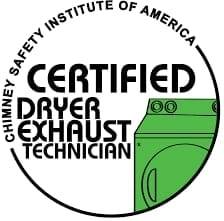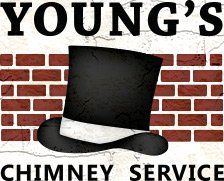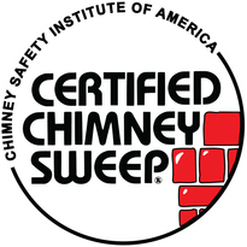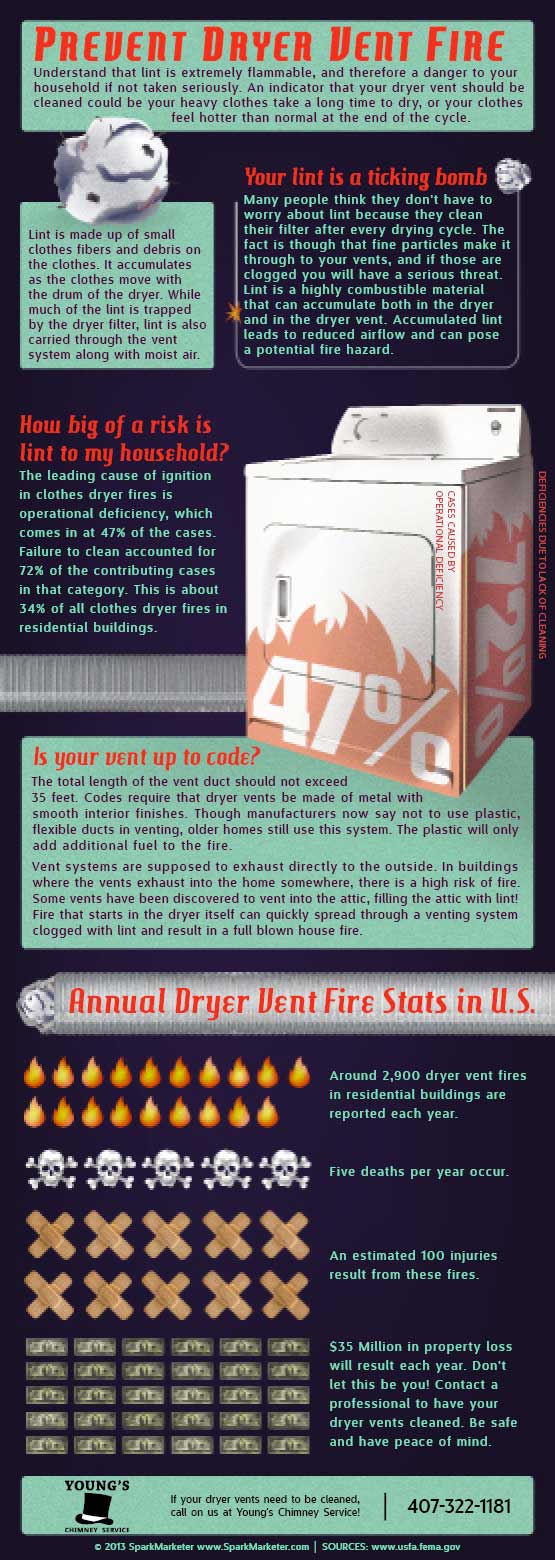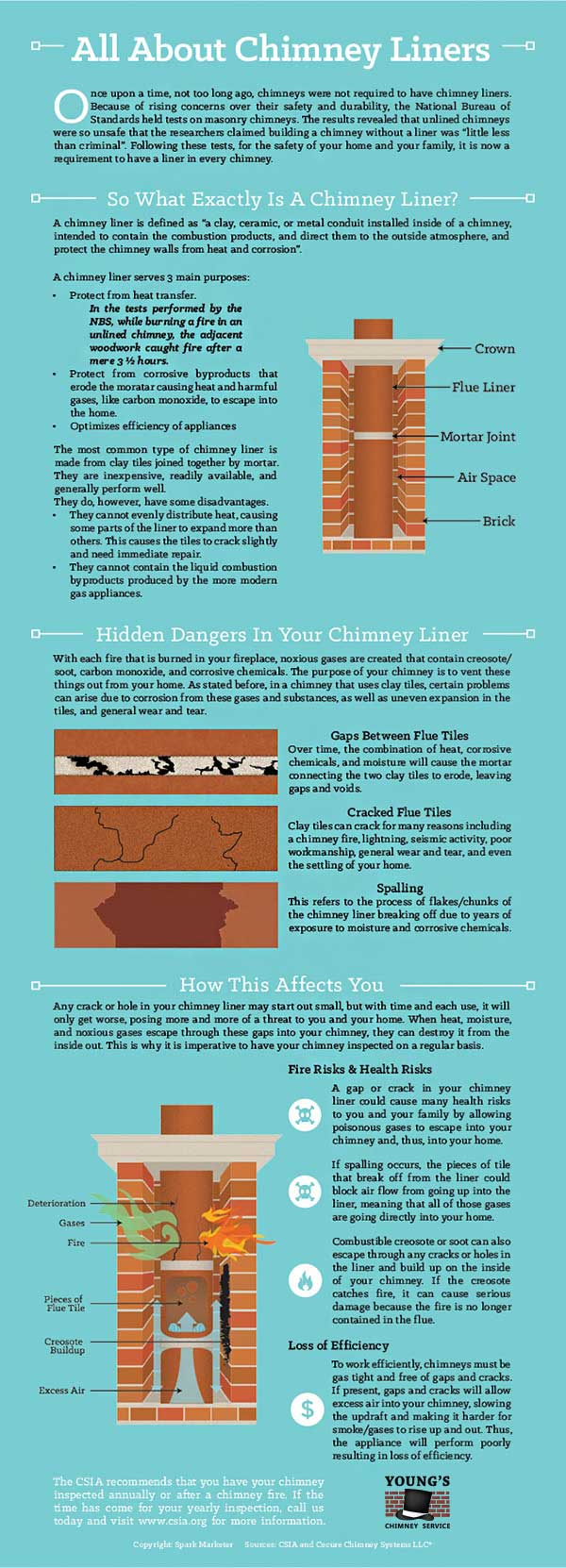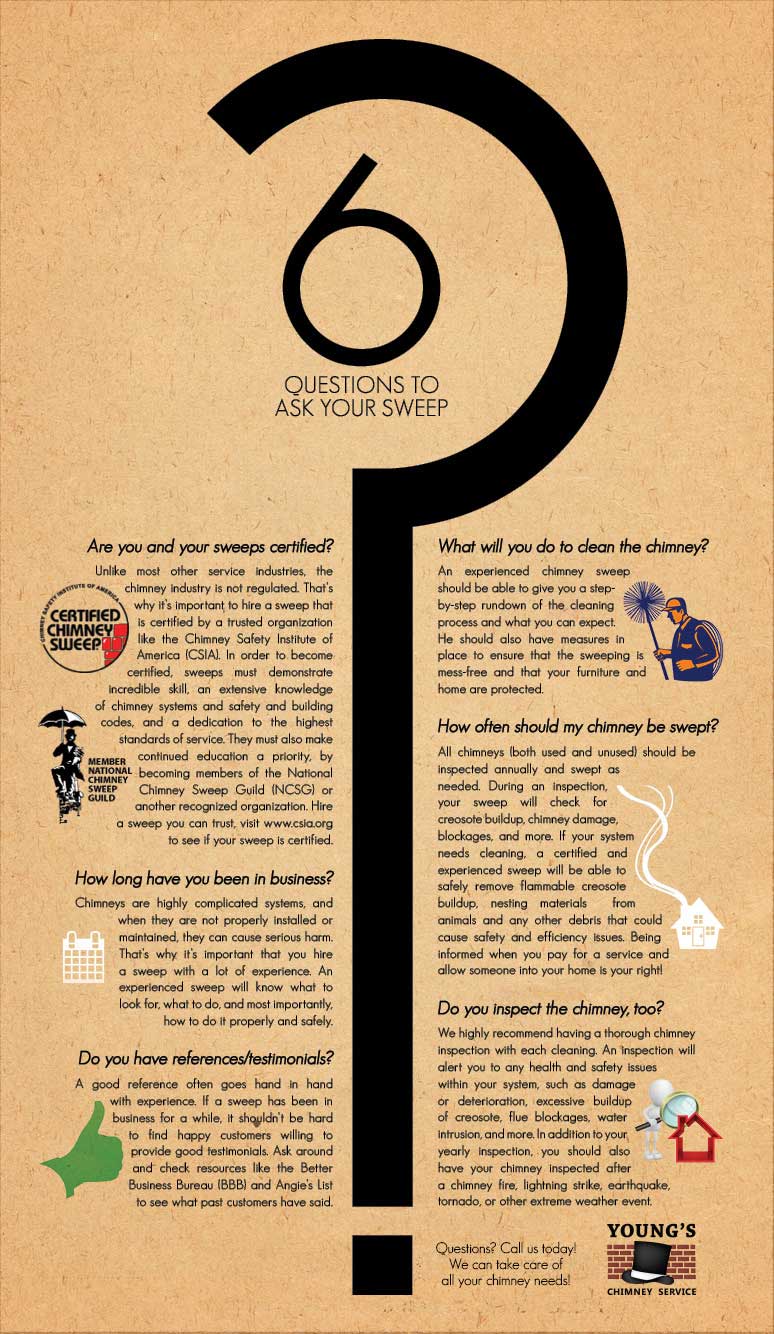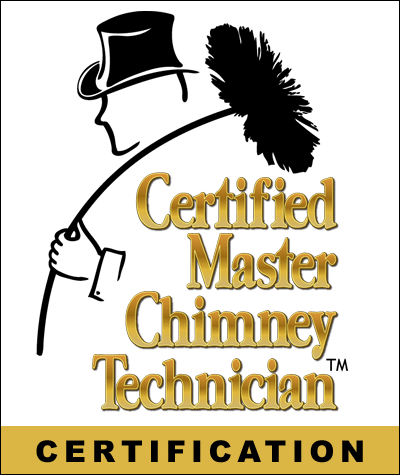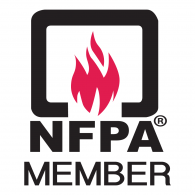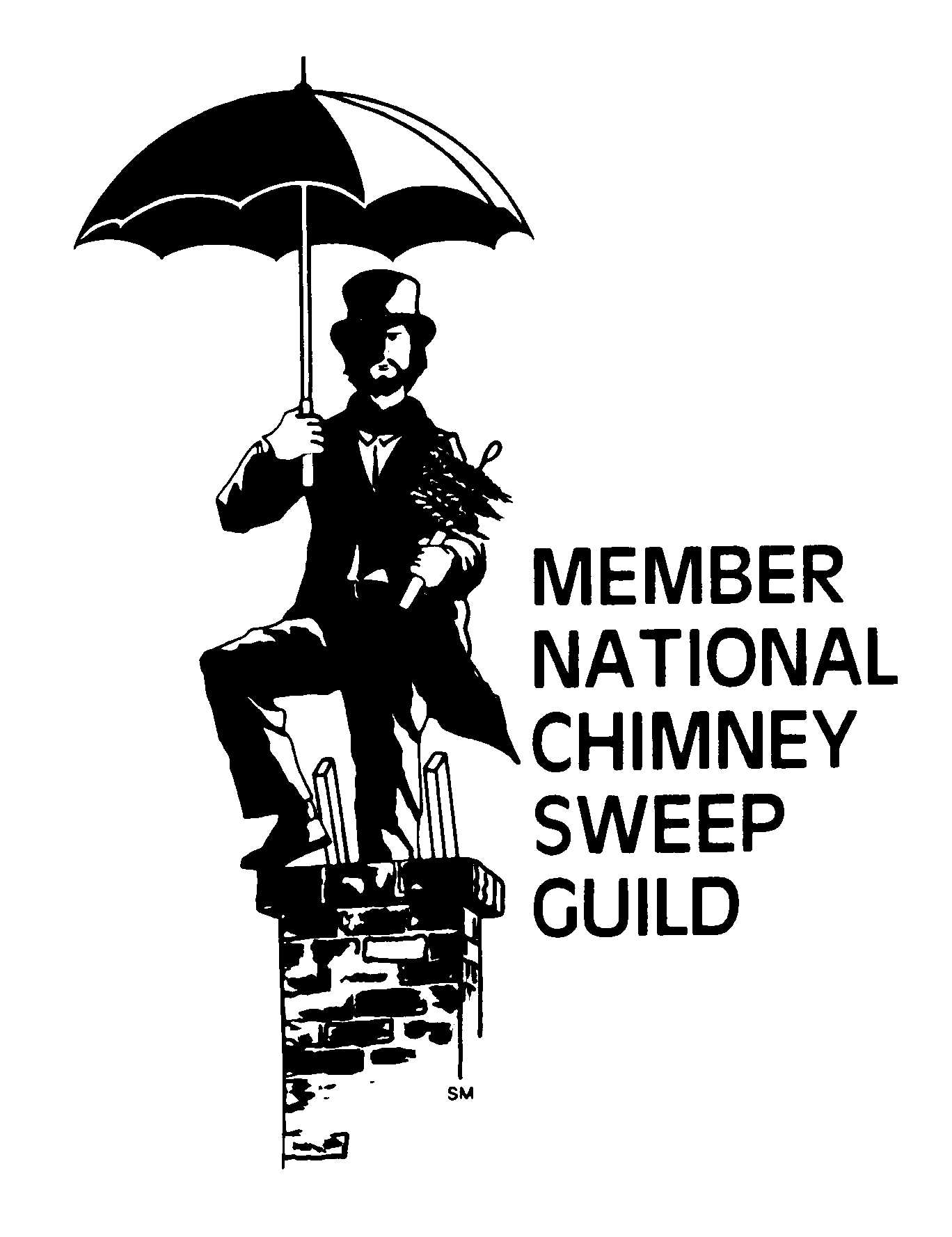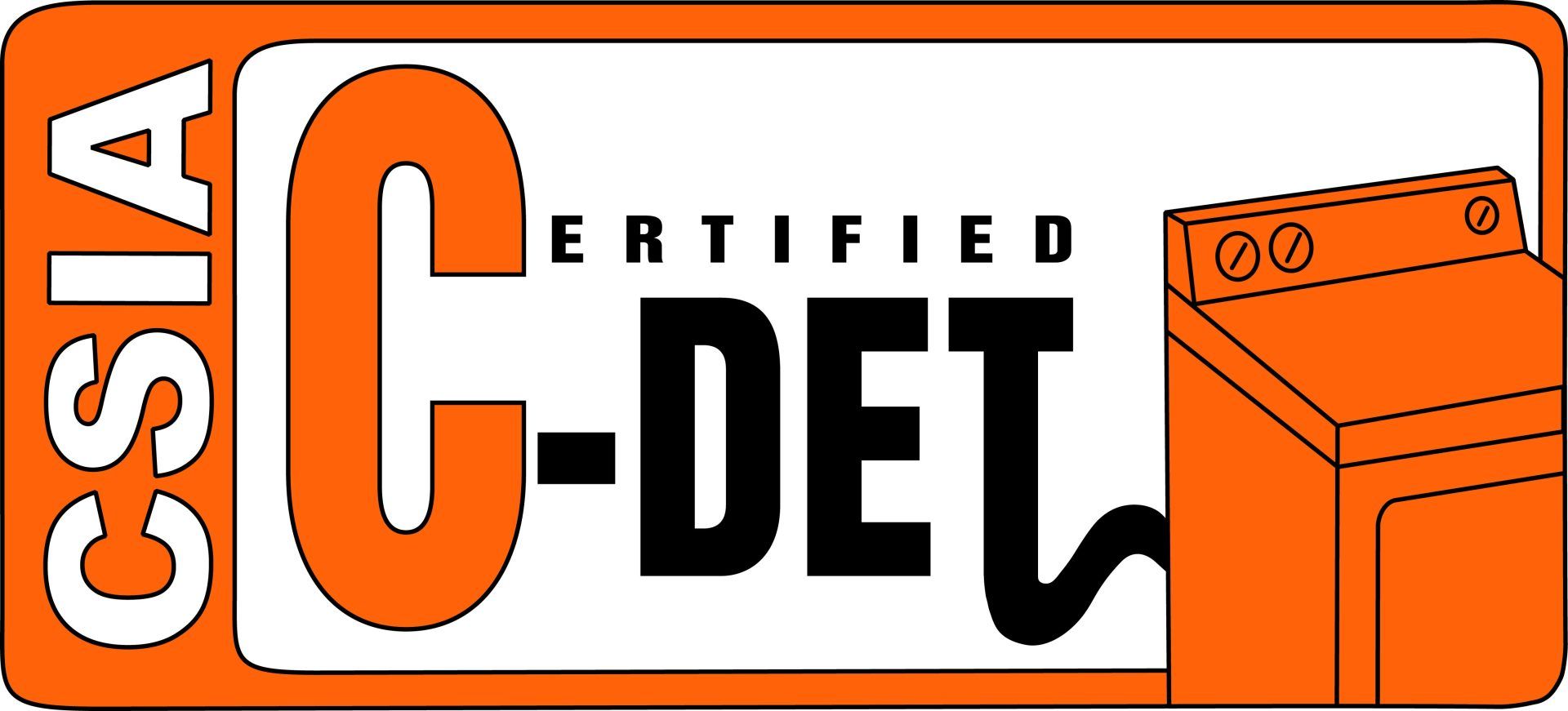All About Chimney Mold
- By George Elias
- •
- 09 Jul, 2014
- •
Do you have a stinky chimney on your hands? Or perhaps you see mold or signs of water damage on or around your chimney? Are you suffering from allergies that you believe may be attributed to chimney mold? Those of us at Young’s Chimney Service see mold accumulate not only inside the chimneys we care for in Orlando, Florida and surrounding areas, but also outside them, as well as on the walls and ceilings adjacent to the chimney area.
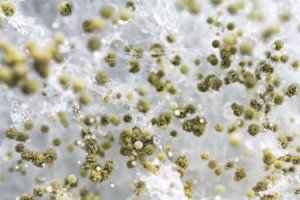
Chimney mold is a problem that warrants immediate attention from a C.S.I.A.-certified chimney technician
rather than a roofer, who may not have the proper tools and training to fully rid a chimney of its mold problems. Most certified chimney experts, including the Young’s Chimney Service team members, will use closed-circuit cameras that allow them—and homeowners—to examine the length of the chimney flue, searching for signs of mold or water damage. If desired, we are also able to use these cameras to show homeowners the finished results once we have completed the job.
Where Is The Mold Coming From?
Mold is a symptom of water damage and—beyond any mold remediation efforts that need to be made—indicates that your chimney requires some repair work to keep mold from reoccurring in the future. For the record, your chimney should not have water or moisture on the inside. Not only does a wet chimney become a breeding ground for mold, but it also compromises the safety and structural integrity of your chimney.
We often see chimney mold accompanied by masonry problems like spalling or efflorescence, water stains on walls and ceilings, and rusted or otherwise damaged components like dampers or chimney caps. Beyond a good chimney sweeping and the application of an anti-fungal solution to kill the mold, you may also want to consider having your chimney waterproofed, which “seals” the brick and mortar while still allowing it to “breathe.” You may also have a chimney cap or top-sealing damper that needs to be repaired or replaced to operate as intended. Many of these fixes have an added advantage of making your chimney safer and/or more efficient.
Have questions or concerns about chimney mold? We encourage you to give Young’s Chimney Service a call today.
We often see chimney mold accompanied by masonry problems like spalling or efflorescence, water stains on walls and ceilings, and rusted or otherwise damaged components like dampers or chimney caps. Beyond a good chimney sweeping and the application of an anti-fungal solution to kill the mold, you may also want to consider having your chimney waterproofed, which “seals” the brick and mortar while still allowing it to “breathe.” You may also have a chimney cap or top-sealing damper that needs to be repaired or replaced to operate as intended. Many of these fixes have an added advantage of making your chimney safer and/or more efficient.
Have questions or concerns about chimney mold? We encourage you to give Young’s Chimney Service a call today.

Animals in your chimney can cause huge problems. They can bring an assortment of parasites with them and, at the same time, can cause a blockage in your chimney that could ultimately result in dangerous (and potentially deadly) byproducts of combustion being unable to travel up and out of your chimney. Most birds, squirrels, and […]
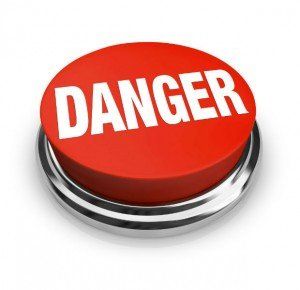
Known as the “silent killer,” carbon monoxide can enter your home from many different sources, and you will never know because you will not be able to smell or see it, even at deadly high levels. According to the U.S. Consumer Product Safety Commision (CPSC), approximately 170 people die, on average, every year in this […]

In the market for anti-aging products? You’re in the right place. That’s what we do. Except that we’re focused on slowing time’s effect on your chimney, not on your face. You see, one thing that you never want to have to face is the prospect of replacing your chimney entirely, especially if it’s a masonry […]

While Florida’s weather makes our fireplace use and maintenance schedule a little different than it is in some other parts of the country, one thing is pretty universal: Spring rains will take their toll on a chimney system that isn’t prepared to withstand them. Really no matter where you are, moisture is the most tenacious enemy […]

When there is a blockage on the road, you find a detour. When there is a blockage in your arteries, you have to have surgery. Chimney blockages are also detrimental, as they cause draft problems and an increased risk of fires. It is important that you hire an experienced chimney sweep to do the inspection. […]

How is ash removed? Should it even be removed? Why should it be removed? What’s going to happen if I don’t remove the ash from my fireplace or wood stove? These are some of the many typical questions our clients ask us every day. We from Young’s Chimney Service would like to take this opportunity […]

Rain may be nice in romantic movie scenes, but in daily life it hinders many activities. Water can also be detrimental to your chimney. This is why having your yearly sweep and inspection is so important. While doing this, technicians will be able to make sure there are no cracks in the structure, which could […]
